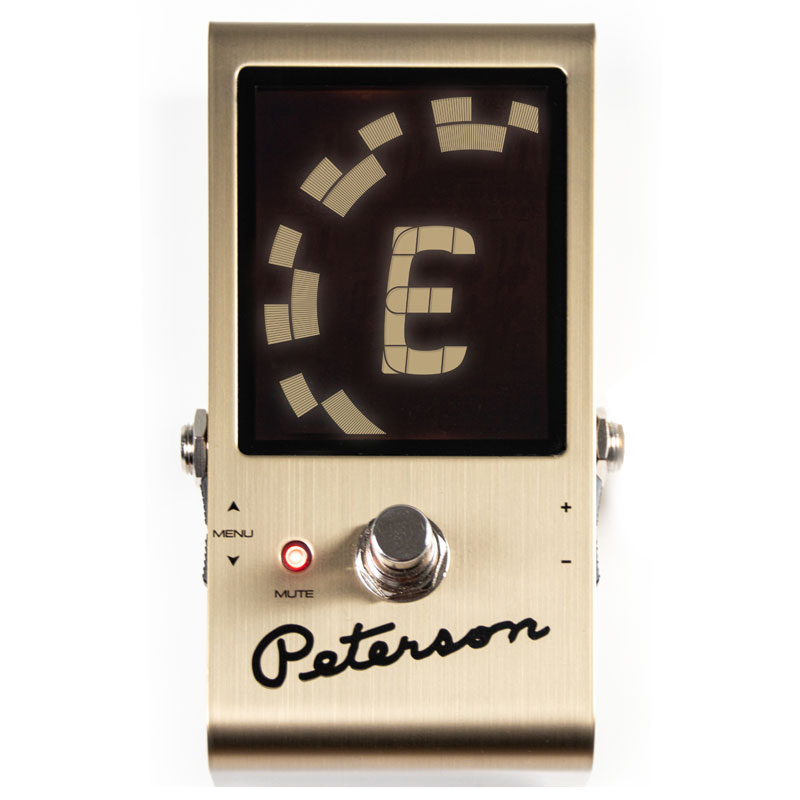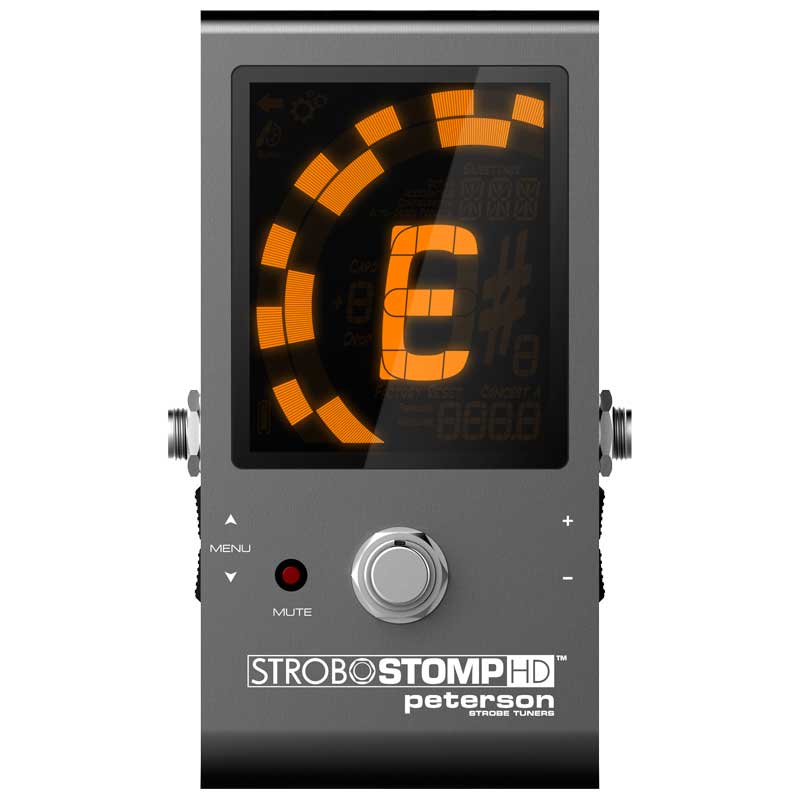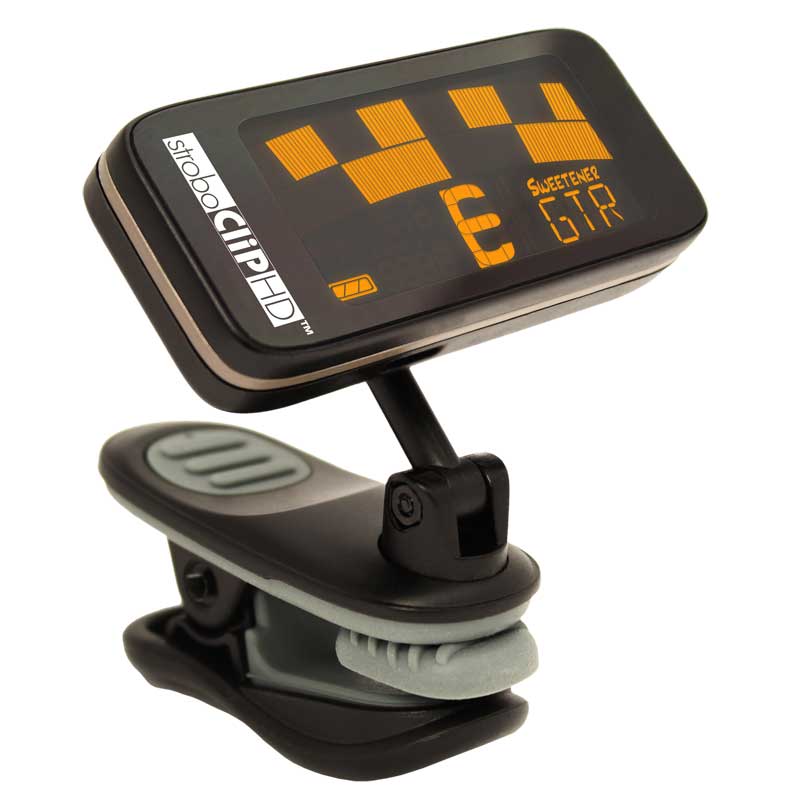Classical Cello
Overview
Tuning Steps
Sweetened Tunings
Products
More Info
Discuss
Classical Cello
Overview
Like violinists, cellists have a love/hate relationship with run-of the-mill electronic tuners for good reason, up to now most electronic tuners made are not suitable for tuning a cello, the interval spacing between the strings of a cello is slightly wider than electronic tuners indicate, this is astonishingly true even for tuners which are marketed specifically to cellists!
The cello or violoncello, is tuned to the notes C G D A with the lowest open string pitch being C and the highest open string pitch being A. The intervals C to G, G to D and D to A on a correctly tuned cello are all Perfect Fifth intervals. The interval C to G, G to D and D to A on an electronic tuner are Equally Tempered Fifths, so what does that mean?
The notes that make a perfect fifth interval are in total consonance with one another, there is no oscillation or beating heard when such an interval is played. The notes that make up an equally tempered fifth are not in consonance with one another and a slight oscillation or beating will be heard when played. Equally Tempered fifths are 1.9 cents narrower than perfect fifths and the cumulative error caused by tuning using a tuner without a Cello Sweetener can be as much as eight cents in the case of a five string Cello, a totally unacceptable result.
So why would a tuner manufacturer make tuners which don’t really tune?
The answer is two-fold:
1. It is cheaper to use a generic “one size fits all” system like Equal Temperament for tuners, specifics pertaining to interval tuning of certain instruments including cello are simply ignored. An unnatural rather than natural tuning is the result.
2. Accuracy is required in order to display multiple types of interval tuning, impossible on a typical low resolution tuner display The result is that cellists don’t usually like tuners, they tune by ear. Tuning by ear is not a problem when time and ambient noise allows. It is however a problem when working professionally in an orchestra pit, studio or live situation where time is tight, standards exacting and conditions less than optimal.
If you are someone who plays professionally, then tuning will be a major consideration and a tuner that works professionally is what you need. Peterson tuners feature the correct interval tuning target displays for cello, just dial in the CLO Sweetener and let the tuner do the work for you!
How To Tune Your Classical Cello
- Begin with the first string A, it’s located closest to the bow when holding the cello in the normal playing position.
- Use the bow to play notes when tuning, simply plucking the open strings does not take the weight or force of the bow into account. Draw the bow across the 1st string. Observe the tuner display, check that the note “A” is displayed. Adjust the fine tuner to stop the strobe pattern image from moving continuously in any one direction, continue to adjust until the strobe pattern is motionless. If the note displayed is other than A, adjust the tuning peg until A is displayed, then use the fine tuners to tune the string until the strobe pattern is motionless.
- Repeat the above for the D, G & C strings until all are tuned.
- Make a final check to counter changes in the tension of one string affecting the others, starting at the fourth string and ending with the first.
- Correct bridge placement is paramount, not only for tuning, but for the cello’s tone, even its structural integrity. The cello bridge feet should be placed on the median between the notches on the inner edge of the f-holes while standing perpendicular to the top, flat side facing the fine tuners, belly side facing the fingerboard.
Standard And Alternate Tunings for cello family instruments
Classical Cello
Baroque Cello
C2 G2 D3 A3
Standard Orchestral
A#1 F2 C3 G3
Lanfrancho
C2 G2 D3 G3
Bach
F2 C3 G3 D4
Praetorius
B1 F#2 D3 A3
Kodály
B1 F#2 D#3 A3
Crumb
Classical Cello
C2 G2 D3 A3
Standard Orchestral
C2 G2 D3 G3
Bach
B1 F#2 D3 A3
Kodály
B1 F#2 D#3 A3
Crumb
Baroque Cello
A#1 F2 C3 G3
Lanfrancho
F2 C3 G3 D4
Praetorius
Sweetened Tunings
Sweeteners For Cello
Products With Cello Sweeteners

StroboClip HDC-V
$84.99

StroboClip HDC
$79.99

StroboStomp LE
$169.00

StroboPLUS HDC
$179.99

StroboStomp HD
$149.00

StroboClip HD
$59.99

StroboPLUS HD
$149.99

iStroboSoft™ (iOS)
$9.99


StroboSoft 2.0
$49.99 - $99.99
Things to check to get the most out of your instrument’s tuning
Keep an eye on fine tuners, ensure they are backed off enough to allow immediate adjustment at any time.
Check the tuning pegs to ensure a good friction is maintained between peg and pegbox to anchor the strings at pitch.
Ensure that the end pin is secure as sudden slippage could play havoc with the tuning.
“Concert A” Pitch Adjustability
Famous Cellos
Cello Related Instruments
View Another Instrument

